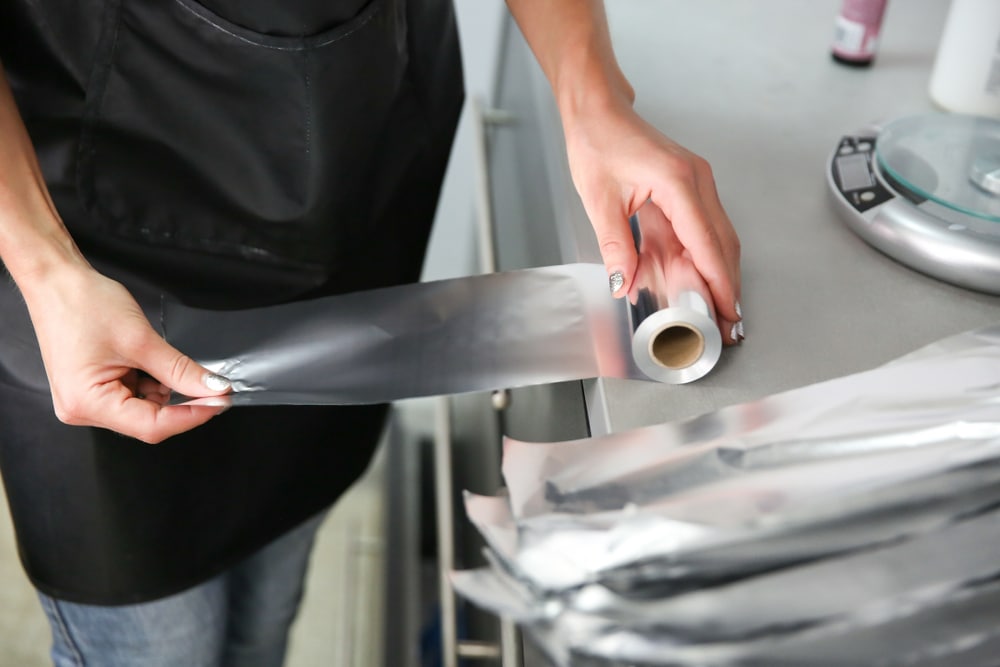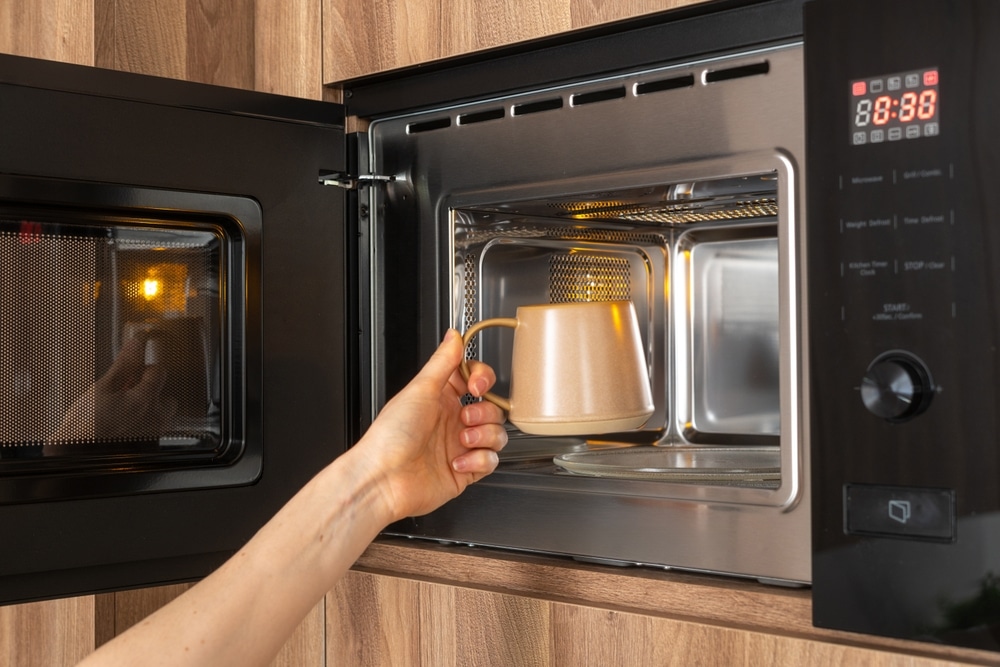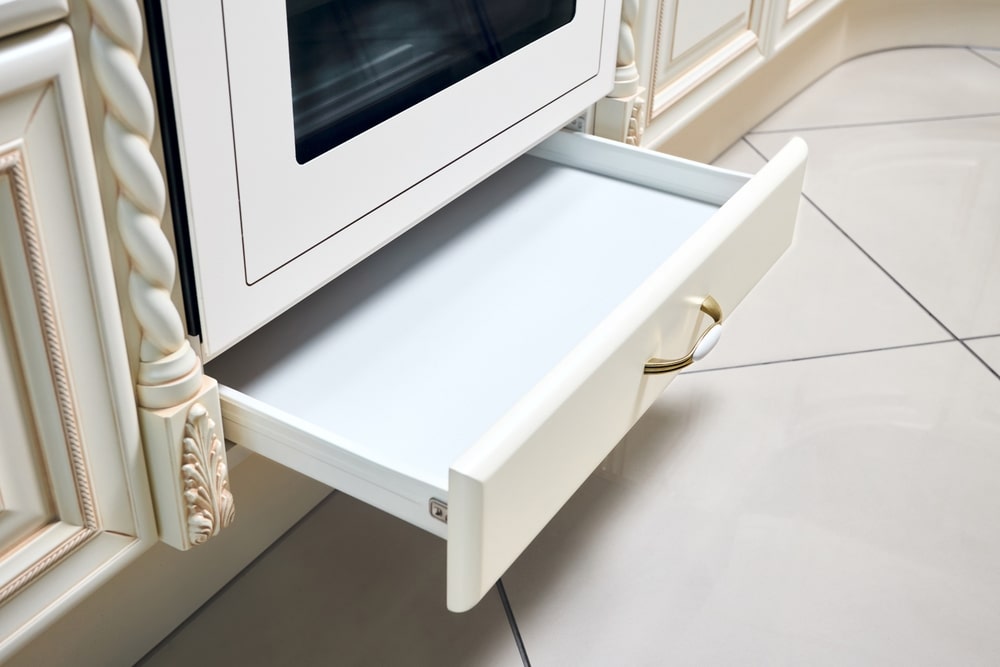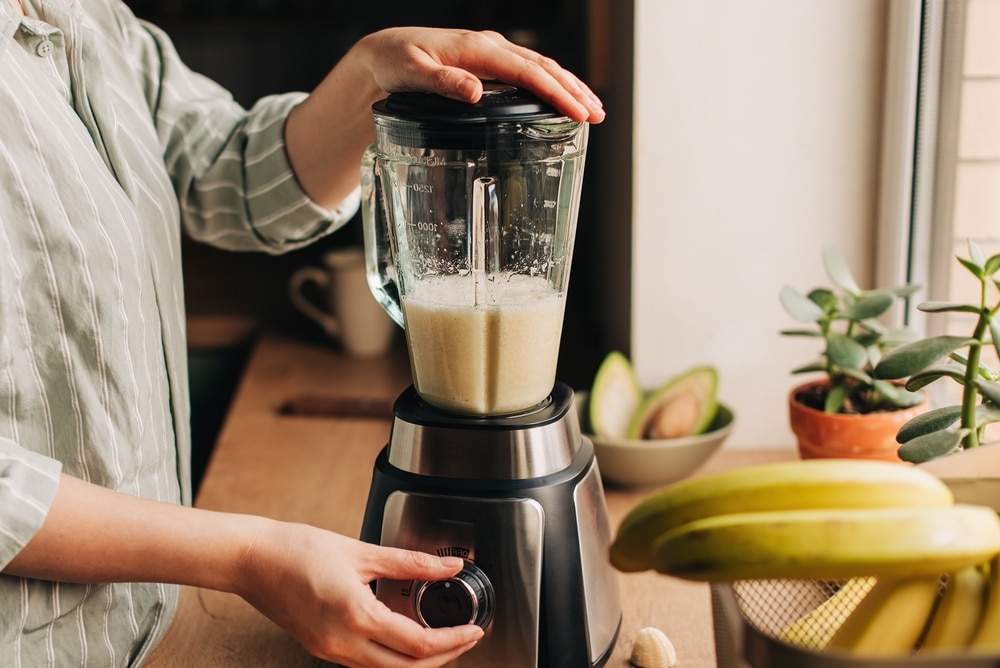Most of us go through our daily routine without ever questioning how we use the objects around us. We flip switches, open jars, heat leftovers, hang shirts, and tear aluminum foil without giving it a second thought. Yet so many of these familiar items are designed with hidden features, smarter functions, or more efficient methods of use—tiny details that can save time, reduce stress, and even prevent everyday mishaps.
Once you discover these small changes, you’ll wonder how you ever lived without them. And the best part? These aren’t complicated upgrades—they’re incredibly simple, almost obvious once you’ve seen them. That’s the magic of clever household hacks: they take something you do every day and make it faster, easier, or simply more enjoyable.
Below, you’ll find ten everyday items you’re probably using the hard way—and the surprisingly simple tweaks that will change how you interact with them forever. Get ready for a few “wait… WHAT?” moments, some instant improvements, and a newfound appreciation for the little things hiding right under your nose.
1. Aluminum Foil and Plastic Wrap Boxes Have Built-In Lock Tabs
If you’ve ever tugged at aluminum foil or plastic wrap only to have the entire roll shoot out of the box, you’re not alone. It feels like a universal frustration—one moment you’re carefully lining up the edge with the serrated strip, and the next you’re wrestling an aluminum snake across the counter.
But here’s something almost nobody notices:
Every box of foil or plastic wrap has tiny perforated tabs on the sides. Push them in, and they lock the roll in place.

This one-second move stops the roll from flying out, makes cutting smooth, and prevents you from tearing half the sheet at an angle. Once you start locking the tabs, you’ll never go back.
Bonus hack: If your plastic wrap constantly clings to itself, store it in the fridge. It becomes easier to handle and less staticky.
2. The Hole in Your Pasta Spoon Measures a Serving
You know that big plastic or wooden spoon with teeth for grabbing spaghetti? Right in the center, there’s a round hole. Most people assume it’s just there to let water drain through.
Actually? The hole is designed to measure one serving of dry spaghetti.
Push enough noodles through the hole until it’s full—that’s exactly one portion. No more guessing, no more ending up with enough spaghetti to feed a family reunion.
It’s a simple design trick, but it helps reduce food waste, saves money, and makes portion control much easier.
Bonus: Save some pasta water for your sauce—the starch adds perfect richness.
3. Your Microwave Heats From the Outside, Not the Middle
Ever wondered why your food is still cold in the center even after a full minute of microwaving? Or why the edges burn while the inside remains frozen? That’s because microwaves don’t actually heat evenly across the plate.
Here’s the secret:
The hottest part of a microwave is the outer edge of the turntable—not the middle.

Place your bowl or plate off-center, near the rim, and you’ll get faster, more even heating. It’s a shockingly simple fix that solves the “hot on the outside, cold on the inside” problem.
Two-dish trick:
If you need to heat two bowls at once, place one slightly in front of the other so both sit near the turntable’s edge. Heat distributes much more evenly.
4. Peanut Butter Jars Should Be Stored Upside Down
If you buy natural peanut butter—or really any nut butter—you know the struggle: the thick paste sits at the bottom, and a layer of oil pools on top. Mixing it feels like an arm workout you didn’t sign up for.
Here’s the fix:
Store the jar upside down.
Gravity does the stirring for you. The oils slowly redistribute through the jar, turning that stubborn solid mass into a smooth, creamy spread you don’t have to fight with.
Pro tip: Once you’ve stirred it the first time, always store it upside down to maintain the consistency.
5. The Drawer Under Your Oven Isn’t for Storage
Many people use the oven drawer as a convenient place to toss foil, baking trays, cooling racks, or anything flat that doesn’t fit in a cupboard. But that’s not what it’s designed for.
In most ovens, that bottom drawer is actually a warming drawer.

It’s made to keep finished dishes warm until you’re ready to serve them. Pop your cooked food in there while you finish prepping or while guests arrive late—it keeps everything warm without drying it out.
Important warning:
Avoid storing plastic, silicone, or anything that may warp under heat. The drawer can get much hotter than you expect during baking.
6. Coffee Filters Do Way More Than Brew Coffee
Coffee filters are one of the most versatile disposable tools in your kitchen. Sure, they brew your morning cup, but they can do so much more.
Here are some surprisingly practical uses:
- Strain liquids when you don’t have a fine mesh sieve
- Keep bowls covered in the microwave (they allow airflow, absorb splatter)
- Clean screens and mirrors without leaving lint
- Wrap snacks to absorb greasy residue
They’re cheap, durable, and a perfect substitute for paper towels when you need a gentle touch.
7. Toothpaste Isn’t Just for Teeth
If you’ve only used toothpaste to brush your teeth, you’re missing out on one of the oldest and most effective multipurpose cleaners.
Non-gel toothpaste can:
- Polish tarnished silver
- Clean white sneaker soles
- Remove crayon marks from walls
- Shine chrome bathroom fixtures

Just make sure to use a simple white toothpaste, not a whitening or gel version, which can be abrasive or contain dyes. Always spot test first.
It might feel odd to rub toothpaste on your shoes or sink—but it truly works like a charm.
8. That Loop on the Back of Your Shirt Has a Real Purpose
If you’ve ever noticed a little loop of fabric stitched into the back of a shirt, you might have assumed it’s decorative. But in reality, that tiny loop—called a locker loop—has a good purpose as clever household hacks.
It lets you hang the shirt on a hook or peg without stretching the collar. This was especially useful on ships, where sailors had limited storage space. Eventually, it became trendy on college campuses, where students hung shirts in gym lockers using the same loop.
Modern clothing still includes these loops, but most people never use them. Hanging shirts this way prevents wrinkles and keeps the collar intact. Who knew?
9. Your Blender Works Best With Liquid Added First
If you ever stop a blend halfway through, open the lid, and realize everything is stuck in a thick clump, you’re not alone. Most blender jams happen because ingredients are loaded in the wrong order.
The correct stacking method is:
- Liquid first
- Soft foods
- Frozen items
- Ice last
This creates a vortex effect that pulls the solid items down into the blades. It reduces strain on the motor and prevents clumping or overheating.

A blender loaded incorrectly will struggle and may even dull the blades over time.
Bonus: Add warm water and a drop of dish soap, blend, and your blender cleans itself.
10. Your Stapler Has a “Pinning” Mode You’ve Never Used
Most people never look twice at the stapler’s inner workings, as long as it shoots out staples when needed. But your stapler actually has a hidden feature that makes temporary fastening incredibly easy.
If you rotate the metal plate at the bottom 180 degrees, the staple legs bend outward instead of inward. This is called pinning—and it allows you to secure papers together temporarily.
Pinning is ideal for:
- Sorting documents
- Handing out worksheets
- Temporary notes or forms
- Papers you’ll later bind or scan
Switch it back for permanent stapling when needed. It’s a small detail, but once you learn it, you’ll use it constantly.
Clever Household Hacks That Make Everyday Tasks Easier
Now that you’ve seen how many everyday items have features hiding in plain sight, it’s clear how small shifts in your routine can make life smoother. These clever household hacks aren’t about buying new gadgets or learning complex tricks—they’re simply about using what you already have in smarter, more intentional ways.
Here are a few more quick-fire hacks you can apply immediately:
- Rubber band around a jar lid → instant grip for stubborn jars
- Wooden spoon across a boiling pot → stops water from bubbling over
- Phone flashlight under a clear water bottle → makes a DIY lantern
- Dryer sheet on furniture → lifts pet hair quickly
- Flip sponges upright → dries faster, prevents bacteria buildup
What all of these tips have in common is simplicity. None require skill or tools. They just require knowing the “real” way an item was meant to be used.
Once you get used to spotting these small design details, you’ll start finding your own hacks—tiny improvements that make your home feel more functional and your day a little easier.
Final Thoughts
Life doesn’t always give us big, dramatic opportunities to make things easier. But it does give us dozens of little ones—small inefficiencies we can fix in seconds once we know how. These everyday items are perfect examples: simple things we see so often, we stop noticing them altogether.
By learning the hidden features in common household items, you save time, reduce hassle, and get more out of the things you already own. And if you’re someone who loves discovering practical upgrades, there’s a whole world of tips waiting in your home—drawer by drawer, tool by tool.
Try a few of the hacks above today and watch how quickly they become your new normal. And when you’re ready for more, explore the rest of our home tips and tricks for even smarter, easier everyday living.



